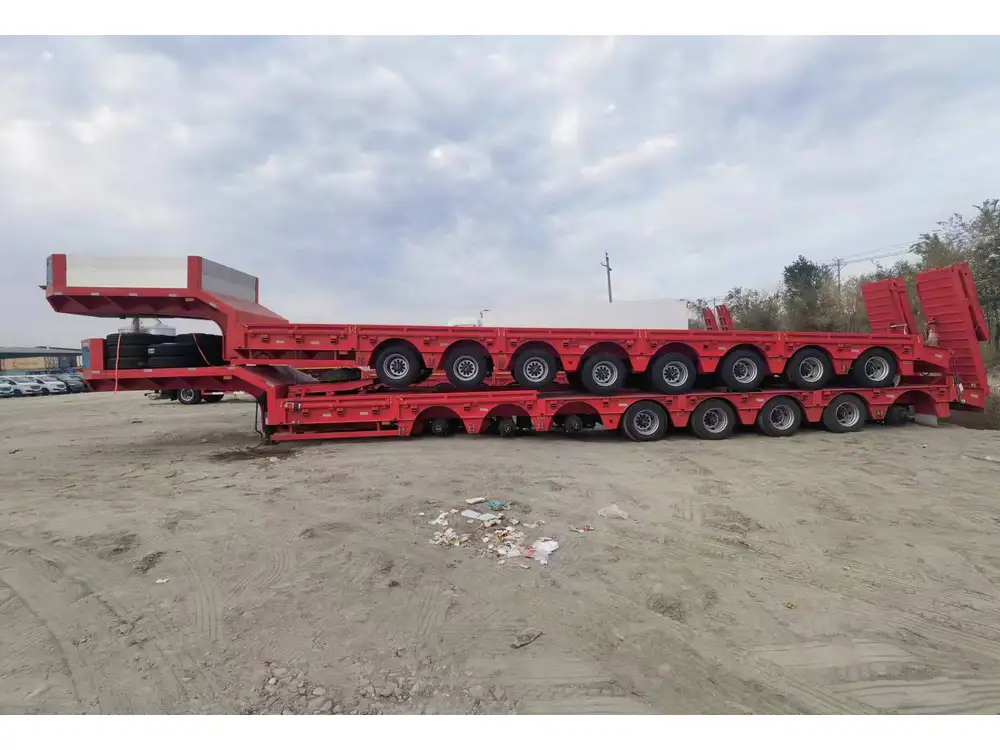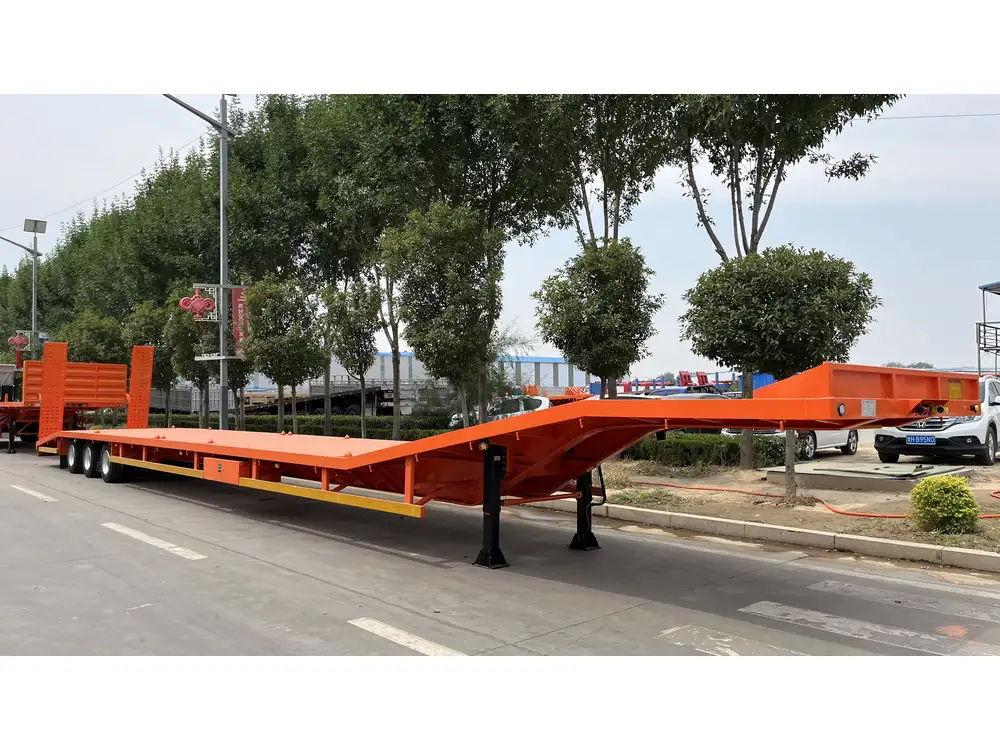In recent years, the sight of numerous jet trails crisscrossing the sky has sparked increased public curiosity and concern. Often, these condensation trails—commonly known as contrails—are mistaken for evidence of nefarious activities, such as the alleged dumping of chemicals or clandestine operations. This article aims to provide a comprehensive, in-depth analysis of jet trails, their formation, and variation, while addressing the myths associated with potential chemical dumping.
What are Jet Trails?
Jet trails, or contrails, are visible lines in the sky created by the exhaust from aircraft engines. When hot, humid air from engine exhaust meets the colder temperatures at high altitudes, the water vapor condenses and freezes, forming ice crystals. These ice crystals appear as streaks of white in the sky.
Key Characteristics of Jet Trails:
Formation Conditions:
- Temperature: Coll creation primarily occurs below -40°F (-40°C).
- Humidity: High humidity levels in the upper atmosphere support widespread contrail formation.
Duration:
- Short-lived Contrails: These dissipate quickly (within minutes) due to low moisture content in the atmosphere.
- Persistent Contrails: They last for hours and can spread out to form cirrus-like clouds.
Appearance:
- Straight Contrails: Evidence of direct flight paths.
- Curved or Zigzagging Trails: Indicate heavy air traffic or various flight patterns.

Discerning Contrails from Chemtrails
The notion of “chemtrails,” a term that implies that some jet trails contain harmful chemicals intentionally dispersed into the atmosphere, has gained substantial traction in conspiracy circles. The scientific community and aviation experts firmly contend that this notion lacks rigorous evidence.
Why Do People Associate Contrails with Chemtrails?
- Misinformation: Propagated by social media and speculative websites.
- Conspiracy Theories: Distrust in government and institutions feeds belief in “secret operations.”
- Unfamiliarity with Atmospheric Science: Insufficient understanding of aviation and environmental science can lead to fear and misunderstanding.
Common Misconceptions Regarding Jet Trails

1. Jet Trails Are Always Harmful
A common belief is that all jet trails are harbingers of harmful substances. In truth, contrails are primarily composed of water vapor. The environmental impact of contrails is still debated, but they are not the direct dispersal of toxic substances.
2. Increased Air Traffic Equals Increased Chemtrails
While it is true that an increase in air traffic can lead to more contrail formation, it does not equate to an increase in harmful substances being released. The number of airplanes and their flying patterns are more likely the cause of observing multiple contrails.
3. Persistent Contrails Indicate Chemical Dumping
Contrails can persist for extended periods due to high humidity at specific altitudes, leading to the misunderstanding that they must be spraying something. The persistence of a contrail is dependent on meteorological conditions, not hidden agendas.

Scientific Studies and Expert Opinions
Studies conducted by various aviation and environmental institutions have consistently dismissed the idea that contrails contain chemicals intended for population control or climate manipulation.
NASA Research: Findings indicate that contrails can affect climate by trapping heat but are simply a byproduct of air travel, not a deliberate scheme.
National Oceanic and Atmospheric Administration (NOAA): NOAA research expands on the atmospheric impacts of contrails, illustrating their role in cloud formation and regional humidity shifts, enhancing our understanding of their legitimate natural processes.
Environmental Impact of Contrails
Contrails do have implications for our climate and environment, particularly regarding the greenhouse effect:
Heat Retention:
- Contrails trap heat in the atmosphere, contributing to global warming.
- Their influence on local weather patterns can lead to altered precipitation rates.
Cloud Formation:
- Persistent contrails can enhance cirrus cloud cover, affecting daylight and nighttime temperatures.
Identifying Normal Contrail Behavior
Understanding typical behavior of contrails can help dispel myths surrounding them:
| Contrail Type | Description | Duration | Environmental Impact |
|---|---|---|---|
| Short-lived Contrails | Disappear quickly, indicate low humidity | Minutes | Minimal atmospheric influence |
| Persistent Contrails | Last longer, indicate high humidity | Hours to Days | Can contribute to cloud cover |
| Persisting and Spreading | Combine with natural weather patterns | Indefinite under humidity | Result in localized climate changes |

FAQs About Jet Trails
What Should I Look For To Differentiate Jet Trails From Chemtrails?
- Assess the length: Short, dissipating trails are normal, while long, persistent ones that spread out indicate a high humidity level.
- Observe frequency: A sudden increase in trail activity over a short time might suggest higher air traffic rather than chemical spraying.
- Review weather conditions: Understanding the local humidity and temperature can clarify why certain trails are visible.
What Human Activities Contribute to Contrail Formation?
- Increased global air travel correlates directly with contrail proliferation. In an increasingly connected world, air traffic continues to rise, increasing contrail visibility.

Are There Any Health Risks Related to Prolonged Exposure to Contrails?
- Studies indicate no direct health risks related to contrail exposure. However, staying informed about local air quality remains crucial.
Summary: The Reality Behind Jet Trails
Understanding jet trails and their environmental implications is crucial in dispelling myths associated with “chemtrails.” While contrails can impact local weather and climate, they are not a mechanism for sinister activities. Public awareness and education are vital in addressing misconceptions surrounding jet trails. Recognizing the difference between scientifically supported facts and sensationalized theories can foster better understanding among communities.
Conclusion
In an age where information spreads rapidly, equipping oneself with the right insights into phenomena like jet trails can shield against the allure of conspiracy theories. Aerospace and environmental science consistently reveal that the trails seen in our skies are integral components of our atmosphere, showcasing the complexities of human influence on weather patterns, rather than tools for covert operations. By discerning fact from fiction, we can appreciate the science behind what we see in the sky and recognize the necessity of healthy skepticism in our quest for understanding our world.
In sum, rather than viewing numerous jet trails as evidence of something harmful being dumped into the atmosphere, we should embrace the knowledge that they primarily signify our ever-expanding realm of air travel, enhanced by the marvels of modern technology meeting the intricate dance of the natural environment above.



